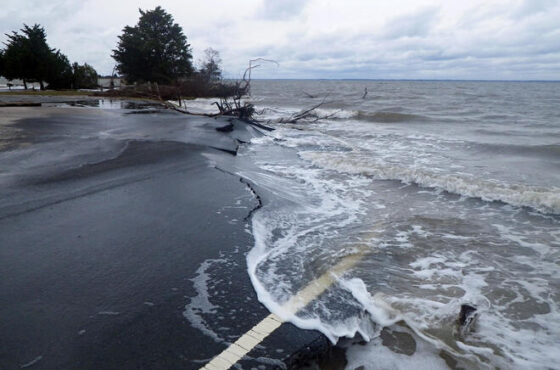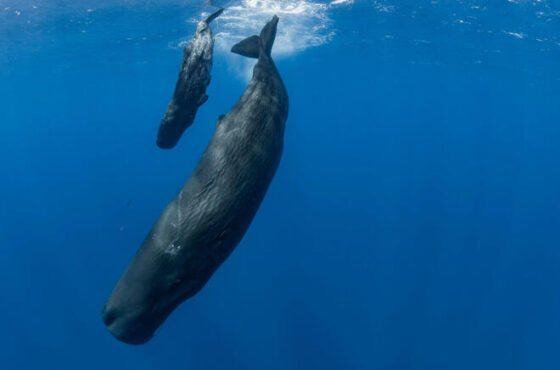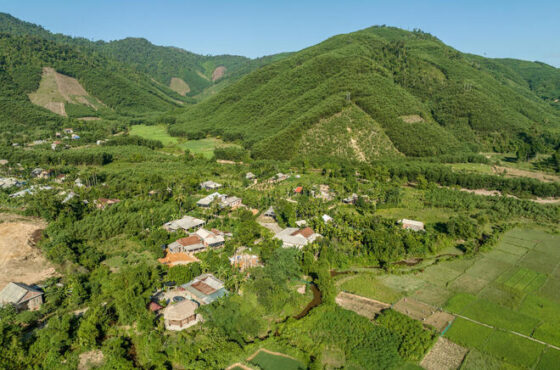Without Salmon, We Lose Our Killer Whales
Published by the Natural Resources Defense Fund
One by one is how we will lose them. On an especially sad week—like this last week—we’re losing them two at a time. This past Saturday, the Center for Whale Research announced the death of a killer whale known as J28 (or Polaris). She was beloved by many and easy to spot by the little nick in her dorsal fin. Polaris was also nursing a 10 month old calf when she died.

Mom and calf. (Photo: Center for Whale Research, Federal Permits NMFS 15569 / DFO SARA 388)
In the days following Polaris’ death, researchers observed her other child—a 7yr old female whale—fight valiantly to save that young calf. His older sister brought him fish. She shoved him to the surface to breathe, and his body was covered in tooth marks from all the times she lifted him. But despite his older sister’s efforts, J54 (or Dipper) is now gone too.

Polaris. (Photo: Center for Whale Research)
Polaris was a breeding age female Southern Resident killer whale. Without Polaris and Dipper, there are only 80 whales left in this special and highly endangered population. What I find scary is that young, productive mother orcas are dying faster than they are being replaced. In fact, we have seen no growth in this population in twenty years despite the fact that they are federally listed as endangered and all the money our government has spent to try and save them.
In several cases now, an orca mom has died from complications related to reproduction. The miscarriage rate is well over 50 percent. And once they are born, only half of the calves survive. If you want to learn more, the Center for Whale Research has done an incredible job of tracking the births, lives, and deaths of these whale families.
There are two main reasons for all this killer whale mom and baby sadness. First, the water is polluted. Second, there are not enough salmon for the whales to eat.
Southern Resident killer whales bio-accumulate toxins in their blubber. When fish are scarce—or when a mother whale needs to call on her fat stores to grow and then nurse a calf—the whale metabolizes her blubber. When she does that, she unleashes a flood of toxins. These toxins are terribly poisonous to the mother whale and to her calf.
To fix this problem, the scientists who study these whales are adamant that we need more salmon in the water. In particular, we need to revive our Chinook salmon runs—the fatty “king” of salmon. And we need to do it in a hurry.

(Photo: Scott Cushman)
You can help. Right now a public hearing and comment process is underway. The Army Corps of Engineers and two partner agencies are reviewing the management of the Columbia River Basin’s hydropower system. What does that have to do with our killer whales? Before the dams, the Columbia Basin and Snake River, its largest tributary, produced 10 to 16 million fish annually. Today, only 1 percent of Snake River spring Chinook return. The mouth of the Columbia River is one of the whales’ favorite places to go fishing.
Let’s all tell the Army Corps that we want a world with Southern Resident killer whales. We want to stop saying goodbye to them one by one. Please bring back the wild salmon.
Written comments can be sent to U.S. Army Corps of Engineers Attn: CRSO EIS, P.O. Box 2870, Portland, OR 97208-2870. Or email them at [email protected].
Read the full article at: https://www.nrdc.org/experts/giulia-cs-good-stefani/without-salmon-we-lose-our-killer-whales




